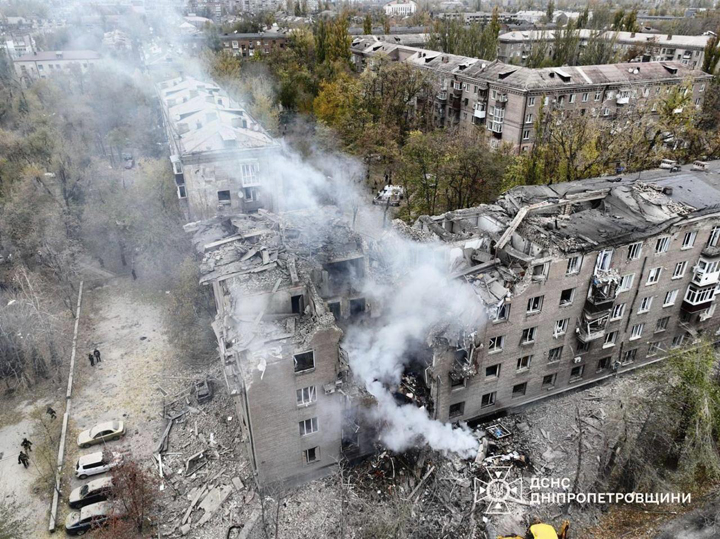In southern and eastern Ukraine, Russian military strikes caused significant damage Monday, leading to civilian casualties. Local authorities reported that Russian forces deployed glide bombs, drones, and a ballistic missile during the attacks. These assaults resulted in the deaths of at least six civilians, and approximately 30 others sustained injuries.
The strikes marked a severe escalation in the conflict, which has seen ongoing military engagements between Russian and Ukrainian forces. Eyewitnesses described scenes of devastation in affected areas. Buildings were damaged, and critical infrastructure faced destruction. Rescue operations continued as emergency services worked to assist injured individuals and contain further risks.
In response to the escalating violence, Ukrainian President Volodymyr Zelenskyy confirmed plans to bolster the country’s defense capabilities. During a public address, Zelenskyy emphasized the need for increased military support and resources. He vowed to enhance protective measures for Ukrainian citizens and infrastructure.
Military analysts indicate that the recent strikes illustrate a shift in tactics, with Russian forces increasing their use of varied weaponry, such as drones and advanced missile systems. This development prompts concerns about the potential for additional civilian casualties and heightened regional instability.
Ukraine’s defense ministry reiterated its commitment to defending the nation’s sovereignty. Officials assured citizens that strategies were in place to counter any further aggression. The ministry highlighted ongoing cooperation with international allies to secure additional military assistance and intelligence support.
The international community continues monitoring the situation closely. Multiple governments and global organizations have expressed concerns regarding the escalating conflict. Calls for a peaceful resolution have been reiterated, with diplomatic efforts ongoing to mediate between the involved parties.
Human rights organizations have raised alarms about the impact of these military operations on civilians. Reports detail the challenges faced by affected communities, including displacement, loss of access to essential services, and the psychological toll of living in a conflict zone.
Local authorities in affected regions have established temporary shelters for displaced residents. Efforts to provide humanitarian aid, including food, medical supplies, and psychological support, are underway. Volunteers and non-governmental organizations coordinate with government agencies to address immediate needs.
Economic impacts from the ongoing conflict continue to manifest. Disruptions in trade, transportation, and daily commerce have been reported. Authorities work to stabilize affected sectors, with initiatives to support local businesses and maintain employment levels.
Educational institutions face challenges as well, with damage to school facilities and concerns for student safety complicating the delivery of education. Alternative arrangements, including online classes and temporary learning spaces, are being explored to ensure continued educational access for students.
Infrastructure repair efforts have commenced in some areas, focusing on restoring basic services such as electricity, water, and transportation networks. Challenges persist, with resource shortages and security concerns affecting progress.

